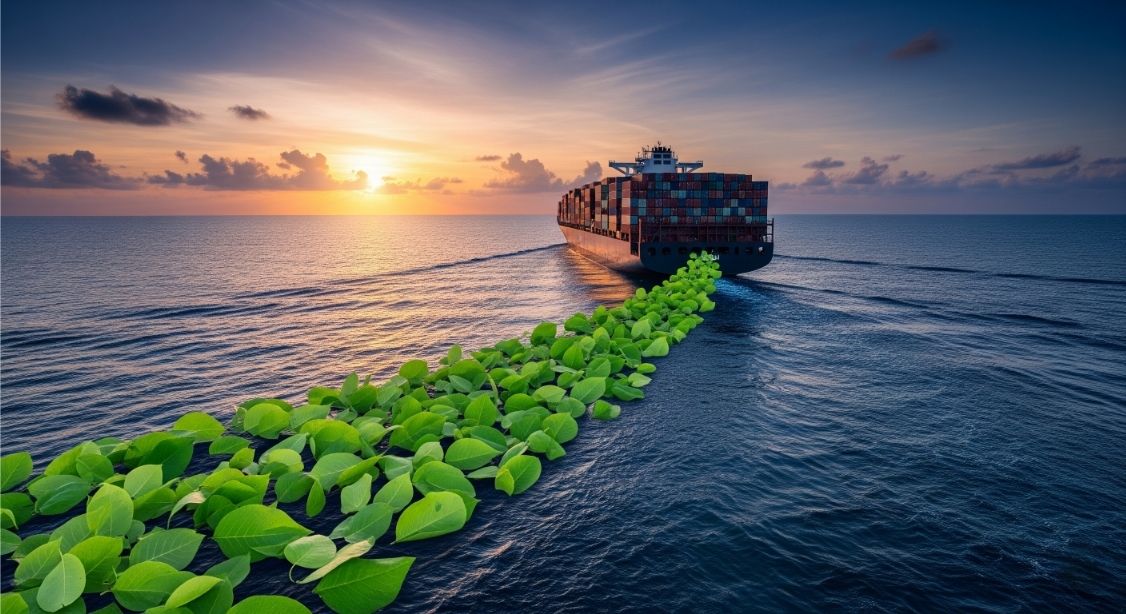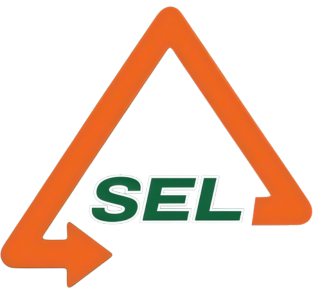Carbon Reduction Measures in Sea Freight: What Importers & Exporters Must Prepare For Next Year
For decades, the primary concerns in sea freight have been cost and transit time. However, a powerful new factor has entered the equation: sustainability. Driven by global climate goals, maritime authorities are now enforcing strict regulations to reduce the carbon footprint of the shipping industry. For importers and exporters, this isn’t just an environmental issue-it’s a commercial one that will directly impact operations, costs, and compliance in 2026 and beyond. Here’s what you need to know to prepare.
or importers and exporters, sustainability is no longer just a corporate goal-it's now a critical factor in your supply chain's cost, compliance, and competitiveness. Navigating these green regulations is the new frontier of global trade.

1. The Impact of IMO’s CII Rating
The International Maritime Organization (IMO) has implemented a Carbon Intensity Indicator (CII) rating for all cargo ships. Each vessel now receives a rating from A (very efficient) to E (inefficient). Ships rated D or E for consecutive years must implement a corrective action plan. For shippers, this means that carriers will prioritize using their most fuel-efficient “A” and “B” rated vessels. This could lead to changes in vessel availability, altered shipping routes, and potential “green surcharges” for services on higher-rated, more efficient ships.
2. The EU Emissions Trading System (ETS) is Here
As of 2024, the European Union has extended its Emissions Trading System (ETS) to cover the shipping industry. This means any vessel calling at an EU port must purchase “carbon allowances” to cover its CO2 emissions. While being phased in, this cost is already being passed on to customers. For your business, if you trade with Europe, you must now factor in a variable “ETS Surcharge” into your logistics budget. This cost will depend on your carrier’s vessel efficiency and the market price of carbon.
3. The Rise of Green Corridors & Alternative Fuels
In response to these regulations, the industry is innovating. We are seeing the emergence of “Green Shipping Corridors”-specific trade routes where zero-emission ships and technologies are supported. Furthermore, carriers are increasingly investing in vessels that run on alternative fuels like biofuels, methanol, or LNG. For exporters and importers, aligning with forwarders and carriers who participate in these initiatives can not only help reduce your carbon footprint but also enhance your company’s brand reputation and meet your own ESG (Environmental, Social, and Governance) goals.
The era of shipping based solely on price is evolving. Today, sustainability is a core pillar of a resilient and competitive supply chain. Navigating these new regulations, surcharges, and green initiatives can be complex. At SEL Logistics, we are staying ahead of these changes. We are here to help you understand the impacts, select the most efficient carriers, and build a logistics strategy that is not only cost-effective but also compliant and ready for a greener future.



